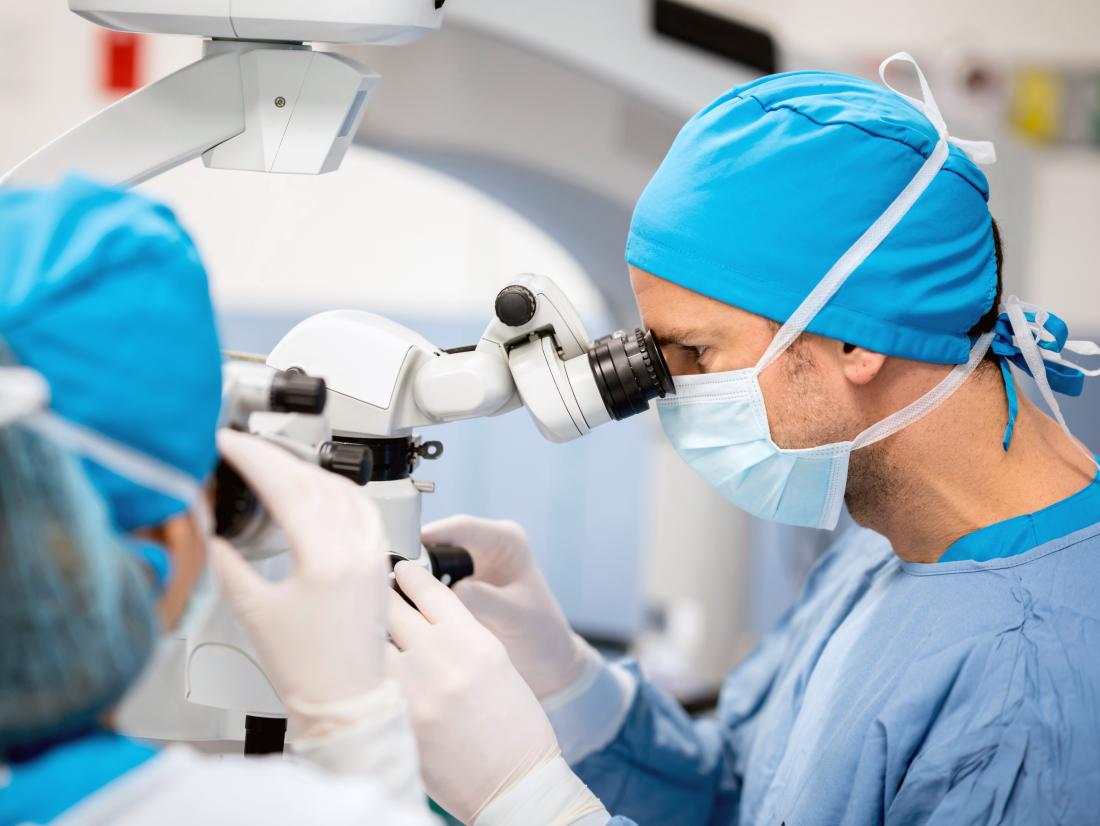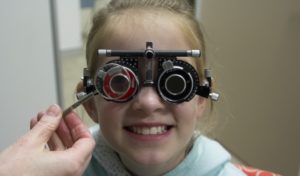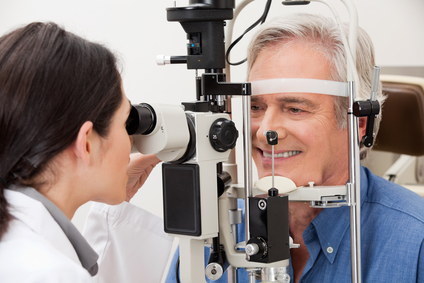Not known Details About Eye Exam
Table of ContentsConjunctivitis Things To Know Before You BuySome Known Factual Statements About Comprehensive Ophthalmology The smart Trick of Eye Exam That Nobody is DiscussingSome Known Questions About Amblyopia.Emergency Eye Problems - Questions
Eye doctors are medical physicians that specialize in the diagnosis and treatment of eye and also vision troubles. These three kinds of eye care experts have rather similar-sounding names as well as overlapping task summaries.They can not give eye examinations, compose prescriptions, or diagnose or deal with eye problems. Offer eye exams, vision screening, and also prescriptions for glasses or contact lenses.
They can do eye surgery and give follow-up treatment. When giving an extensive eye examination, an ophthalmologist will certainly evaluate your vision and also, if required, find your eyeglass/contact lens prescription. They will evaluate just how your pupils respond to light, inspect the placement of your eyes, and make certain the muscle mass that move your eyes are functioning effectively.
What Does Emergency Eye Problems Mean?
Eye doctors diagnose and also deal with injuries, infections, diseases, and also conditions of the eye. Treatments can consist of medicine taken by mouth (by mouth) or topically (in the eye), surgical treatment, cryotherapy (freeze therapy), as well as radiation treatment (chemical therapy). Eye doctors participate in clinical institution then obtain several years of specialized training in the medical and also surgical treatment of the eye.
As they are the only medical specialists that can treat all eye disorders, ophthalmologists see a wide range of eye conditions, including: How typically should you have an eye test? What are symptoms that indicate you may have an eye issue that requires to be examined by an eye doctor? The American Academy of Ophthalmology advises: As children's eyes are growing and also changing rapidly, they need to obtain a vision screening.
Grownups that have healthy eyes and also superb vision must have 4 detailed eye tests: one in their 20s, two in their 30s, and also one at age 40. These examinations might allow the ophthalmologist to capture an eye illness or vision changes early. By the time you see signs, you might currently have some vision loss.
The Ultimate Guide To Amblyopia
Individuals that are at a greater danger of eye disease might require to obtain an eye test regularly. This can include people with diabetes, high blood pressure, or a family members history of eye issues. After age 65, your eyes need to be examined every one to 2 years. No matter of age, individuals that use contacts need to have a total eye test annually.
An eye doctor is a medical expert who specializes in eye treatment. They are certified to detect as well as treat problems that affect the eye.
An eye doctor can: do eye examsdiagnose and deal with eye problems and diseasesperform eye surgeryprescribe and also fit glasses and call lenses, According to the American College of Surgeons, they are the only medical care specialists that have actually obtained training to diagnose and deal with all problems that impact an individual's eyes and vision. To qualify as an eye doctor in the United States, a person should finish roughly 12 years of education and learning and training - https://www.directorysection.com/author/drc4r0l1n3ctt/.
Amblyopia for Beginners


An eye doctor might select to complete a fellowship to come to be a subspecialist in one area of eye health and wellness. This training prepares them to treat more specific or intricate problems in various components of the eye or a particular group of people. Subspecialists can focus on: This concentrates on cataract surgical treatment, corneal transplantation, and refractive eye surgery. https://folkd.com/user/drc4r0l1n3ctt.: This area focuses on problems that affect the retina and glasslike.
This location concentrates on clinical and surgical therapy of conditions that cause damage to the optic nerve. This subspecialty concentrates on eye conditions that impact children. This includes learning exactly how to execute procedures, consisting of removing tumors as well as repairing bony fractures. This location associates with the neurological problems that include aesthetic manifestations.

The Conjunctivitis Statements
The ophthalmologist will ask the person concerning their case history, consisting of that of household participants. They will certainly after that start examining and examining the eyes. https://zenwriting.net/drc4r0l1n3ctt/amblyopia-fundamentals-explained. This can include: The ophthalmologist will ask an individual to stand 20 feet away from a chart, cover one eye, and also claim what they can see.
This assists the doctor recognize exactly how sharp an individual's vision is. Visual field evaluations include an ophthalmologist measuring exactly how much vision a person has in either eye, whether they have any Read Full Article kind of dead spots or any various other problems that might impact a person's sight.Tests consist of: fight aesthetic area testautomated static perimetry testkinetic visual field testfrequency increasing perimetryelectroretinography, Amsler grid As well much pressure can harm the optic nerve and also sometimes result in glaucoma.
There are different types of tonometry, consisting of: The ophthalmologist initially numbs the eyes before touching the front of them with a portable device that shines blue. This technique is a lot more accurate than other techniques, such as non-contact tonometry. This examination uses a smoke of air to determine the pressure. Although this technique might be much less precise, it does not call for using numbing decreases.